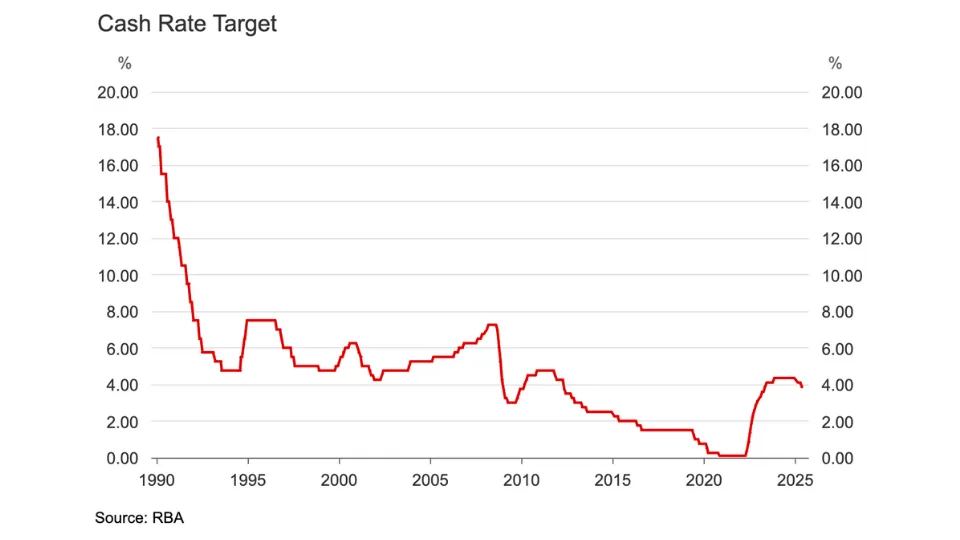With Australian investors increasingly seeking income and diversification, Global X’s Research Team explores how investing in bank credit—through instruments like senior bonds, subordinated debt, and hybrid securities—can offer attractive yields and portfolio stability.
Key Takeaways:
-
Beyond shares and term deposits
While many Australians invest in bank shares or term deposits, there’s a broader spectrum of bank-issued debt instruments that can provide enhanced income opportunities. -
Understanding bank credit instruments
-
Senior bonds: These have the highest repayment priority in the event of liquidation, making them the safest type of corporate debt.
-
Subordinated bonds (Tier 2 capital): These rank below senior bonds in repayment priority, offering higher yields due to increased risk.
-
Hybrids (Additional Tier 1 capital): Combining features of both debt and equity, hybrids may convert into equity under certain conditions and often provide higher yields, along with potential franking credits.
-
-
Benefits of investing in bank credit
-
Diversification: Accessing various levels of the bank capital structure can spread risk and reduce reliance on equity markets.
-
Income generation: These instruments typically offer regular interest payments, contributing to a steady income stream.
-
Capital preservation: High-quality bank debt can provide a defensive cushion during market downturns.
-
-
Accessibility through ETFs
Traditionally, investing in bank debt required large capital outlays and was limited to institutional investors. The introduction of ETFs has democratised access, allowing individual investors to participate in these markets with lower costs and greater convenience.
For more details, explore the full article: How to Invest in Australian Bank Credit.









